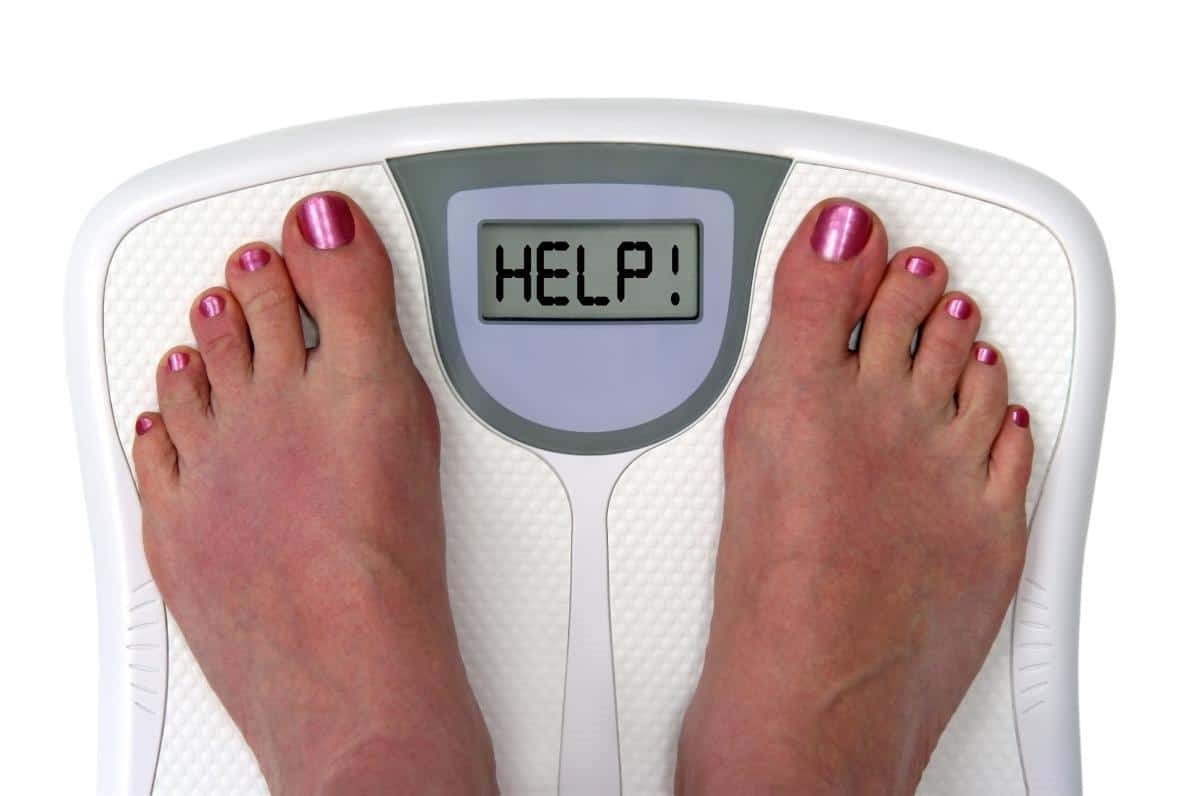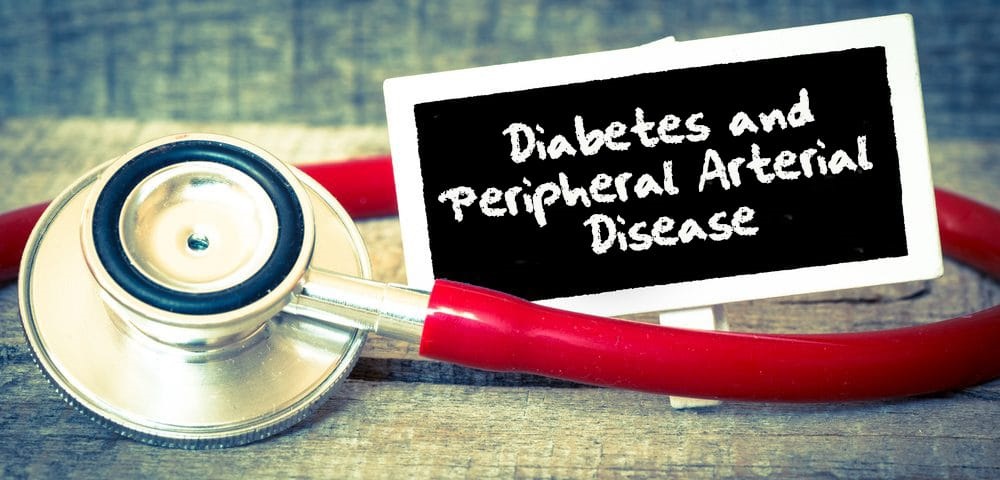Uncontrolled diabetes can affect every part of your body, from your eyesight and feet to the way your nerves and heart function. When you live with diabetes, you begin to understand the continuous and life-altering demands of the disease, and the burden of dealing with potential complications. If you or a loved one received a recent diagnosis, you may feel like you are in the dark on what it all means for you. This includes understanding the difference between Type 1 vs Type 2 diabetes, how diabetes affects your blood vessels (vascular disease), and how you can better your quality of life through treatment and self-care.
Diabetes is a disease where the body does not produce or properly use insulin, which is needed to regulate glucose or blood sugar. While Type 2 diabetes accounts for 90 to 95% of all diabetes, there are two main types of the disease.
Type 1 Diabetes
Approximately 1.25 million Americans have Type 1 diabetes. Type 1 is classified as an autoimmune disorder since the people who are diagnosed with it—typically children and adolescents—can no longer produce insulin in the pancreas. People who have Type 1 diabetes must take insulin injections to survive. Type 1 diabetes is usually hereditary, and may cause these common signs and symptoms:
- Extreme hunger or thirst
- Frequent urination
- Fatigue and weakness
- Unintended weight loss

Type 2 Diabetes
The biggest difference between Type 1 vs Type 2 diabetes is that while your pancreas still produces insulin, it is not producing enough of it or the body is becoming insulin-resistant, which means your body doesn’t properly use the insulin it makes. While some can control the disease with healthy eating and exercise, you may still need medication or insulin. Several factors can cause you to develop diabetes, such as age, poor diet, an inactive lifestyle, hereditary issues, and being overweight. Type 2 diabetes shares many of the same symptoms as Type 1 diabetes, but also includes:
- Sores or cuts that won’t heal
- Irritability or moodiness
- Areas of darkened skin
- Difficulty thinking clearly
The Link Between Diabetes and Vascular Disease
While anyone can be diagnosed with a vascular disease, you are at higher risk if you are a diabetic because diabetes can damage the arteries. About 1 out of every 3 diabetic patients over the age of 50 have peripheral arterial disease (PAD) which causes problems with blood flow to your limbs. You can have PAD and not know so we encourage you to see a vascular specialist at least once a year to get screened for any blood vessel issues. Left untreated, the damage done to the arteries can lead to much more serious complications such as gangrene (dead tissue) and limb amputation.

Ways Diabetic Patients Can Reduce Risks of Vascular Disease
If you or a loved one has either Type 1 vs Type 2 diabetes, it’s important to be on the lookout for any irregularities and changes in veins—especially in the legs and feet. Inspect legs and feet regularly and note any changes in appearance. To help avoid vascular diseases:
- Avoid high-sodium foods
- Drink plenty of water
- Elevate legs while resting
- Eat high-fiber foods
- Wear loose-fitting clothes
- Stay active (avoid standing or sitting for long periods of time)
- Get exercise and eat healthier

Schedule an Appointment with Hamilton Vascular
Having a Type 1 vs Type 2 diabetes diagnosis can be overwhelming. If you are concerned about vascular disease, or you have questions on how to avoid the onset of invasive artery and venous treatment options, the experts at Hamilton will recommend an individualized plan to help you get the best results.
Hamilton Vascular has long been a leader in performing leading-edge procedures to treat vein disease such as varicose veins, as well as spider vein treatment, chronic venous insufficiency (CVI), restless leg syndrome, chronic pelvic pain, pelvic congestion syndrome, May-Thurner Syndrome and more—all the while providing compassionate patient care. Hamilton physicians are board certified diagnostic radiologists with additional fellowship training in vascular and interventional radiology.
For a consultation with one of our physicians, please contact us at 866-552-4866 or complete the appointment form.
CONSULTATION TODAY!
Prior to starting any new treatment or questions regarding a medical condition, always seek the advice of your doctor or other qualified health provider. This information is not a substitute for professional medical advice.
Hamilton Vascular serves the South Texas area including Houston, San Antonio, Austin, Round Rock, Bastrop, Brushy Creek, Cedar Park, Converse, Georgetown, Hutto, Kyle, League City, Leander, Marble Falls, New Braunfels, Pasadena, Pearland, Pflugerville, San Marcos, Schertz, Sugar Land, The Woodlands, Universal City and more.

